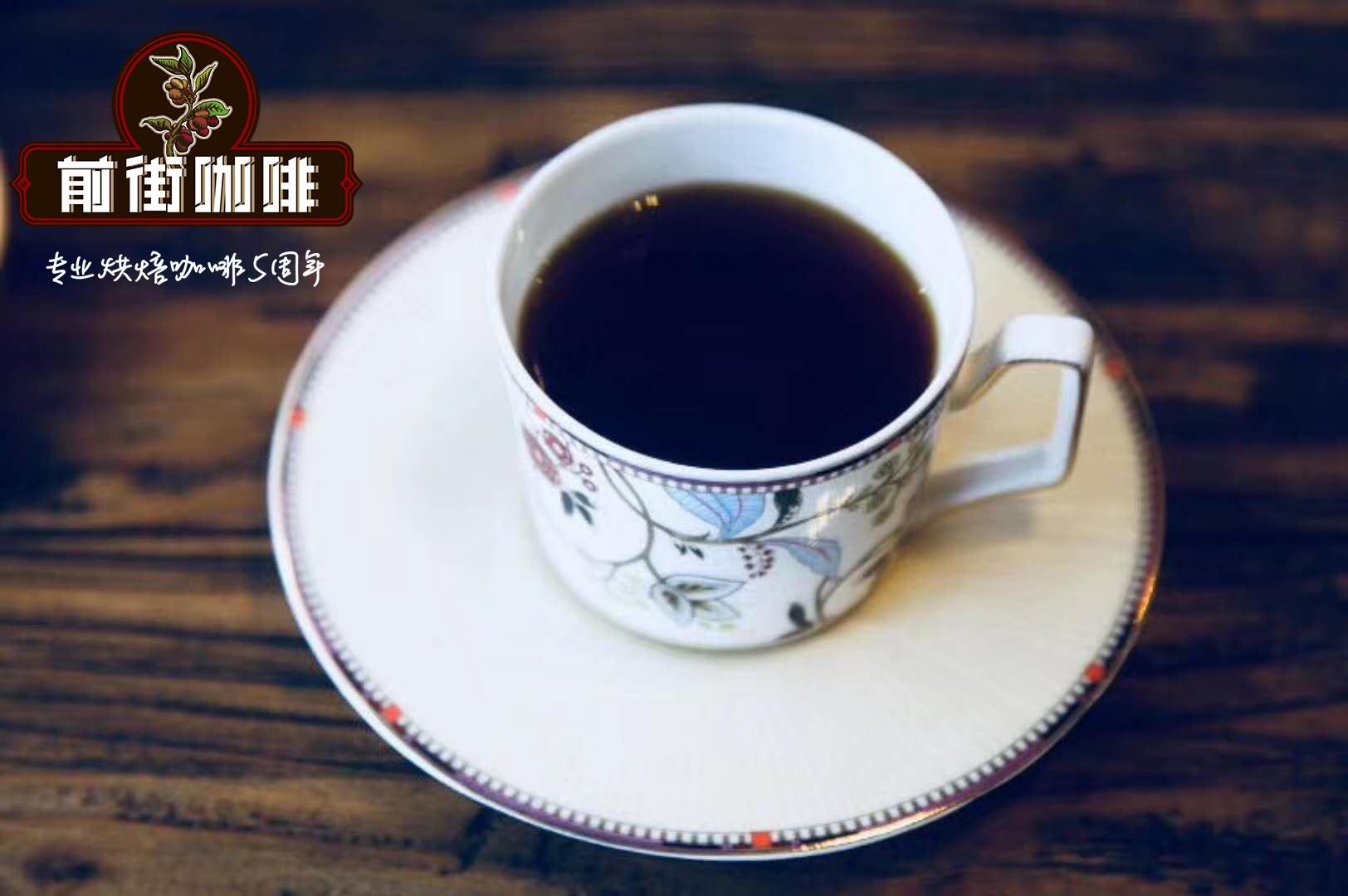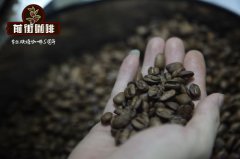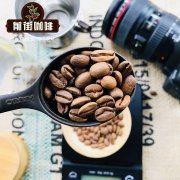Planting background and characteristics of Sunshine Yega Feiwuka Cooperative
The planting background of the sun-tanning Yega Feiwuka Cooperative

At this time of year, Taiwan's boutique coffee industry expects nothing more than the Waka Co-operative, which belongs to YCFCU, and what explosive batch of small farmers will be launched.
Members of the Harlow Balidi Cooperative in worka originally belonged to the larger worka Cooperative, which became an independent cooperative in 2012.
Then in 2013, the East African Fine Coffee Association (EAFCA) won the fourth place in the Taste of Harvest Coffee Award and became famous in the first World War.
Ethiopia is the native place of Arabica coffee and the place where humans and coffee first met. Because Arabica coffee is a self-pollinating plant, wild coffee trees in the natural environment will become "pure line" species with homogenous genes after the cycle of self-pollination from generation to generation. Coupled with accidental genetic mutations and millions of years of gradual development, Ethiopia may have tens of thousands of native coffee varieties, which can be said to be coffee trees that can be found everywhere in the fields or jungles of Ethiopia. It may be groups of coffee varieties that can be found elsewhere, so Ethiopia is also the provenance treasure house of coffee all over the world.
In recent years, due to the vigorous development of the farmers' cooperative movement and the strong support of boutique coffee buyers in Europe and the United States, many cooperatives have become famous star producers!
Such as Biloya, Harfusa and Worka in YCFCU, are very popular in the international market.
The average planting area of each farmer in Yejassefi is less than one hectare, so it is necessary to collect the berries collected by each small farmer through the cooperative for centralized processing in order to export sufficient quantities for export.
The Waka Cooperative is under the control of the YCFCU Cooperative Union. Founded in 2005, the Waka Cooperative is located in a remote area of the Yega Snow Coffee producing area, 75 kilometers away from the local coffee distribution center, the town of Dilla. It was originally composed of 305 farmers with an area of about 763 hectares and an annual output of nearly 460 tons. It is a smaller farmers' cooperative.
Because no chemical fertilizers or pesticides are used in coffee cultivation, Waka farmers have also obtained the Skal organic coffee certification recognized by the European Union. Some coffee even comes from coffee trees as high as 2300 meters. Such unique local conditions have created the unique flavor of these Ethiopian coffee.
Flavor: berries, flowers, citrus, passion fruit, cherry, pineapple, sweet fruit sugar, soft sweet and sour.
According to the Ethiopian decree, there are three coffee export systems.
(1) the largest private processing plant system that has been exported through ECX bidding.
(2) Cooperative system
(3) single manor system. Leaving aside a very small and developing single manor system, cooperatives can be said to have 100% source traceability recognized by regulations. However, in the final analysis, the coffee cherries handled by the cooperative come from a large number of small farmers, and their product resumes cannot be traced back to a single producer.
The traceability of such sources does not fully satisfy the boutique coffee industry who get to the bottom of everything, and a single small farmer batch of Waca cooperatives was born. About three or four years ago, the Yega Snow Coffee Farmers' Cooperative Union (YCFCU), in cooperation with boutique coffee producers, selected a small number of Jingying cooperatives (initially Waka and Guotintin cooperatives) to start the cooperative single smallholder program.
As the flagship production project of the prestigious YCFCU, you have to be very careful at the beginning to select small farmers to cooperate with, first, small farmers of a small scale, second, producers who are conscious of improving quality and willing to invest, and finally, YCFCU must check the cup together with the boutique coffee industry at the place of origin, and those who meet all the above conditions can be selected as independent small farmers at the YCFCU G1 level.
This year, we tested more than ten samples from Worka Cooperative, from which we carefully selected five works that we think are very amazing classics, ready to present to you. This is the third year that we have introduced the independent small farmer batch of the Waka Cooperative, and we have a closer relationship with the producing area. We can choose a large number of samples to be tested by cups. The batch selected this year is higher than in previous years. Apart from the classic blueberry bomb and the aroma of tropical fruits, it can be said that this year is a year of flower fragrance. If the texture is meticulous, please climb to another tall building.
However, since it is an independent batch that has been screened layer by layer, and it is a small farmer batch, it is an inevitable cruel reality that the quality is fine but the quantity is small, so interested friends should not miss it.
Important Notice :
前街咖啡 FrontStreet Coffee has moved to new addredd:
FrontStreet Coffee Address: 315,Donghua East Road,GuangZhou
Tel:020 38364473
- Prev

Planting Environment and Flavor trend in Sidamo Lion King producing area
Ethiopia Sidamo G3 Lion King treatment: solarization area: GuJi Variety: Heirloom Particle size: 17-18 mesh altitude: 1800-2200 soil: volcanic laterite Product description: Sidamo is a famous coffee producing area in southern Ethiopia, connected with Kenya
- Next

Ethiopian coffee beans Yega Xuefei water wash Waka how to cook good?
Ethiopia Yega Xuefei water wash Waka how to cook good? Woka is located in the southeastern Jietipu producing area (Gedeb) of Yejia Sheffield. In the early years, the area used the name of Waka to export locally grown coffee beans or handed over to the Waka Cooperative for processing. But in the past two or three years, independent single sources have been unearthed by coffee hunters all over the world, such as
Related
- Detailed explanation of Jadeite planting Land in Panamanian Jadeite Manor introduction to the grading system of Jadeite competitive bidding, Red bid, Green bid and Rose Summer
- Story of Coffee planting in Brenka region of Costa Rica Stonehenge Manor anaerobic heavy honey treatment of flavor mouth
- What's on the barrel of Blue Mountain Coffee beans?
- Can American coffee also pull flowers? How to use hot American style to pull out a good-looking pattern?
- Can you make a cold extract with coffee beans? What is the right proportion for cold-extracted coffee formula?
- Indonesian PWN Gold Mandrine Coffee Origin Features Flavor How to Chong? Mandolin coffee is American.
- A brief introduction to the flavor characteristics of Brazilian yellow bourbon coffee beans
- What is the effect of different water quality on the flavor of cold-extracted coffee? What kind of water is best for brewing coffee?
- Why do you think of Rose Summer whenever you mention Panamanian coffee?
- Introduction to the characteristics of authentic blue mountain coffee bean producing areas? What is the CIB Coffee Authority in Jamaica?

